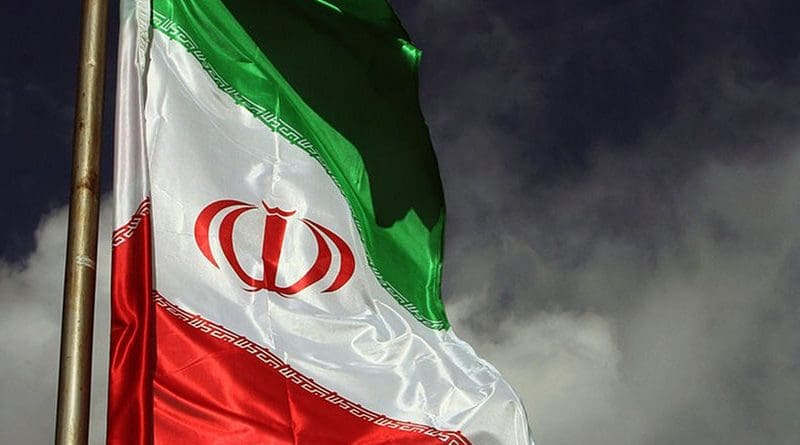How Sanctions Are Paralyzing The Iranian Economy – OpEd
In its report last month, the International Monetary Fund, pointing to the fact that during the 2008-2009 financial crisis the world’s economy withered by 1%, predicted a 3% decline in the world economy as a result of the most intense recession of the century caused by the coronavirus.
Bearing this in mind, we want to shed light on Iran’s economic situation – as one of the most oil-rich countries in the world – post the coronavirus pandemic.
As the IMF reports, Iran’s oil revenue before the new round of sanctions was $60 billion dollars annually, reduced to $2 billion this year. The average daily export of Iran’s oil is currently only about 200,000 barrels a day, with some sources mentioning an even lower figure.
Describing Iran’s current economic situation, Dezh-Pasand, Iran’s Minister of Economy, said at the new Majlis (parliament): “We have no revenue from oil!” and “Even if its price rises and its export returns to what it was, still because of sanctions the money will not reach us. We must not consider its revenue.”
Oil-producing countries are facing an unprecedented drop in oil prices. Instead of trying to control this phenomenon, oil giants are trying to compensate by increasing their oil production. In a global oversupply of energy, Iran would have little chance to have an active role in the market. This role will not be resurrected unless the tensions between Iran and the U.S. are resolved and then only if the U.S. reduces the sanctions.
Most of Iran’s economic activities during the last 41 years have had the stamp of the government and its bodies on them. In addition, 40% of the government’s budget is provided directly from the oil revenue and a considerable portion of its other incomes is also dependent on it.
To solve the problem, Rouhani’s administration sees two ways out of it – through the stock market and through taxation.
Stock market
In a meeting to discuss the economy on Tuesday, June 9, 2020, Rouhani spoke of the stock market as a beacon of hope in this peculiar economic condition of the country, dragging people into participation in the economy.
He said: “The Supreme Council and the bourse organization have to generate a confident atmosphere so as to infuse people with more hope than before.”
This solution, relying on a non-stop growth of shares, is doomed. A stock market is a platform where companies and enterprises sell their shares to acquire capital for production. But Iran’s sick economy has been facing financial crisis for a long time and, taking into account the sanctions, the companies and enterprises providing a good yield is not an option. Many of them are either in debt or broke, though their share values might rise several-fold. Even the rise in the price of the shares of small companies is not because they are profitable but because it showcases a bubble of hollow growth.
As Radio Farda has reported, “Tehran’s stock market is unlike any other country’s.” It is not a foundation to provide money for growth but is under the control of merchants affiliated with the clerical regime.
Taxation
Rouhani’s administration has predicted revenue of $18 billion from taxation in the year 2020 which would be a 26% rise (not considering revenue from customs) compared to the previous year.
This revenue is totally unrealistic; the coronavirus pandemic has added 3 million people to the army of 7 million jobless, for two years the country has been facing negative economic growth, inflation has passed 40% and the country’s gross production has reduced by 15%. Hosseini, Ahmadi Nejad’s Minister of Economy, said: “The country’s sensory system is bollixed up and unreliable. Iran’s economy is grounded and the people even poorer than before.”
So, the solution of taxation is actually a no-solution for the regime’s economic crisis.
Jahan San’at Iran’s state-run daily, quoting an economic expert from within the “Nezam”(system), called the Rouhani administration’s economic plans “a package full of misery for Iran’s economy,” adding that “Iran’s economy” is “at the end of the valley of death.”
Thus, in a word, the regime and its administration are facing a lethal dead end.
The reaction of various strata to such unbearable economic conditions is protest and riot.
The November 2019 nationwide protests in 219 cities well echoed the will of the rising youths: Regime downfall. This worries the Supreme Leader, Khamenei, and his regime’s authorities overwhelmingly – and so it should.

